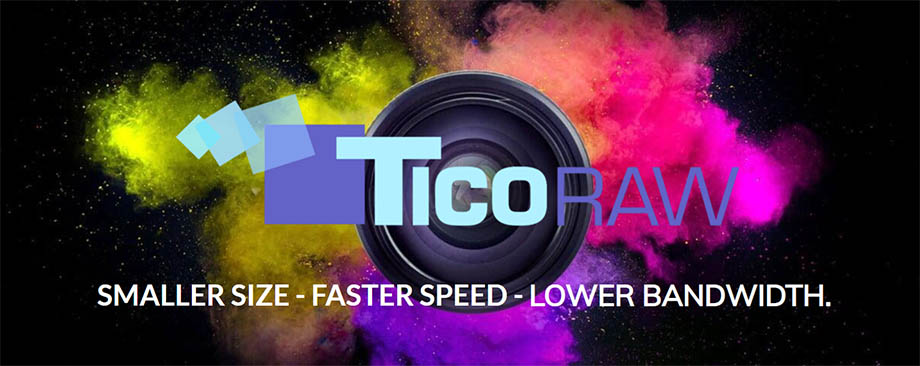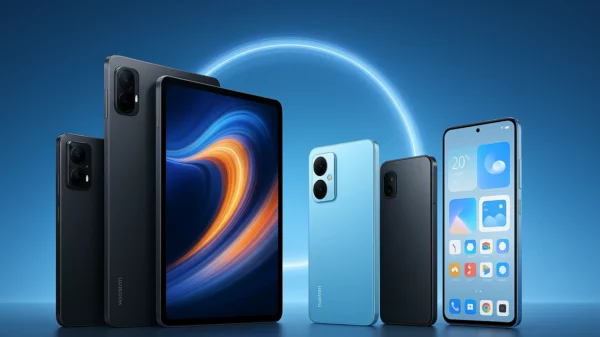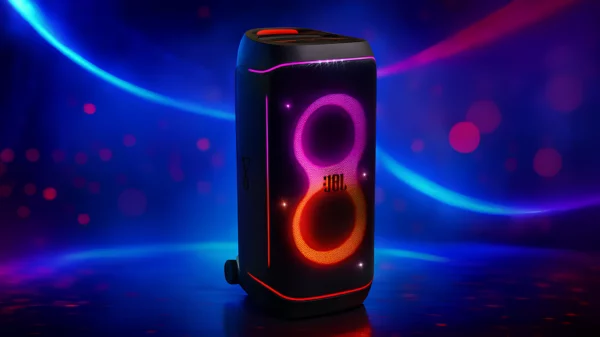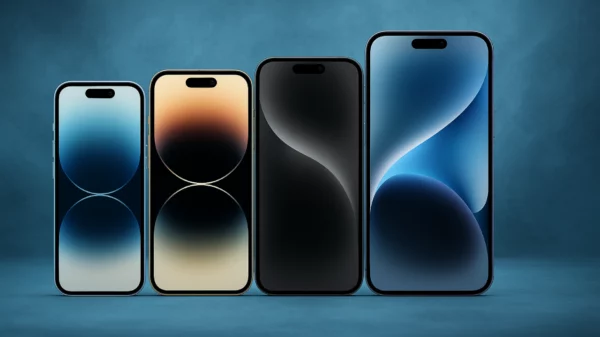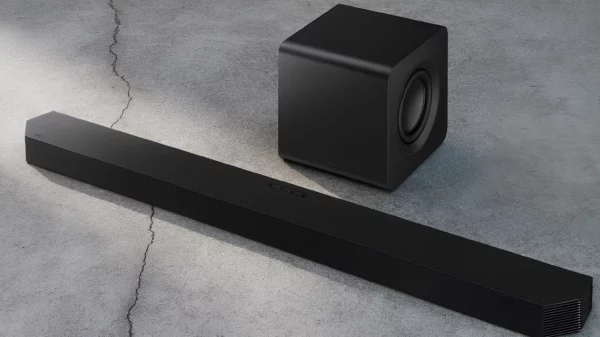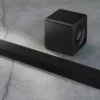RED’s lawsuit against Nikon for infringement of its compressed video patents was dismissed, effectively giving Nikon permission to continue using the RAW format in its cameras.
Recall that in May last year, RED sued Nikon for “illegal copying of its data compression technology in a large-scale firmware update 2.0 of the Japanese company for the Z9 camera . ” The lawsuit alleged that Nikon infringed on seven patents that concerned “a camera that can be configured to provide highly lossless video data compression” .
In September 2022, Nikon challenged the objectivity of the RED patents. Nikon acknowledged that it was aware of numerous lawsuits RED had filed in the past against other companies for similar infringements, but added that the claims brought by RED in these cases were “void” because they “did not satisfy the conditions for patentability “ .
Today, the two companies have agreed to a “Rule 41 without prejudice” waiver , effectively ending the lawsuit.
Case is closed
“The waiver of claims under Rule 41 can mean a lot, as its interpretation is rather vague. The most important thing is that it was a joint decision, both parties signed it, but the wording “consent without prejudice” means that if something happens in the future, it can be taken back to court” – Thomas Maddry, General Counsel and Head of National Content and Education at ASMP.
A signed Rule 41 agreement means the two companies seem to have agreed on something, Maddry explains. The public will probably never know what the two companies decided, given the money that had already been spent hiring very well-known law firms on both sides, they definitely decided that any agreement would be better than the costs of litigation.
When asked if this could affect past and future affairs, Maddry replied that it could.
“Once an agreement has been reached, no matter which side is pushing the agreement, almost every one of them will include a line saying you can’t sue it again. As such, it is more likely to impact future litigation and companies will definitely take note of it.”
Some possible explanations
YMCinema suggests that Nikon may have agreed to pay RED for the rights to use the patent, but this seems unlikely given that Nikon tried to avoid this in its counterarguments against RED.
There is another possibility. RED’s attorneys probably didn’t want the case to go to trial if there was any doubt that the patent wouldn’t stand. By dismissing the claim, RED retains the patent. So while Nikon could have paid royalties to RED, it’s equally likely that RED didn’t want Nikon to pursue litigation to avoid the possibility of weakening its patent, since if even one court found the patent invalid, the consequences would be enormous.
Whatever the reasons, Nikon, at least for now, continues to compress video recording to RAW format in its cameras, which is a victory for both Nikon and the operators using its cameras.




